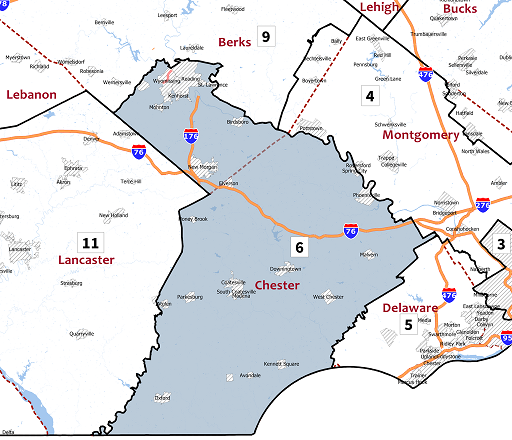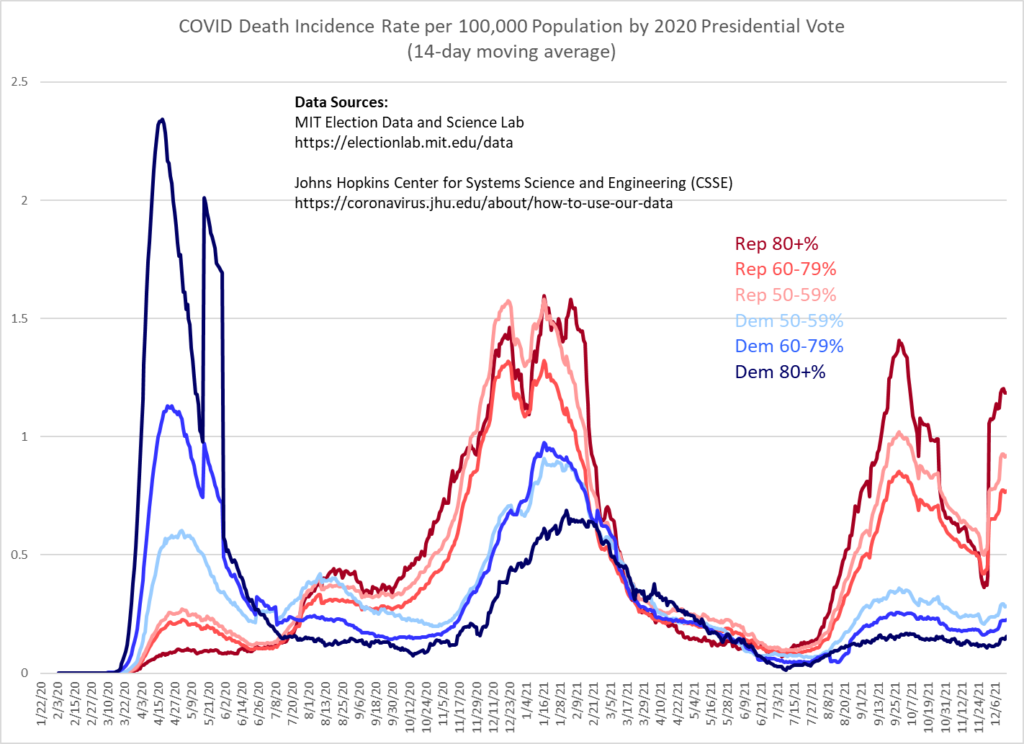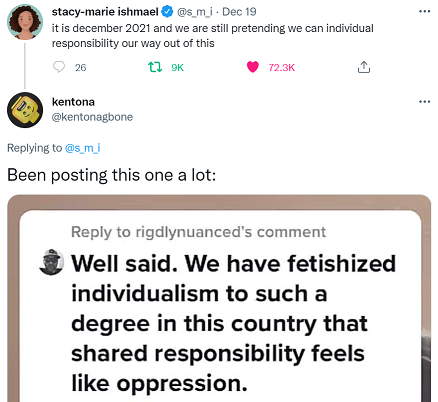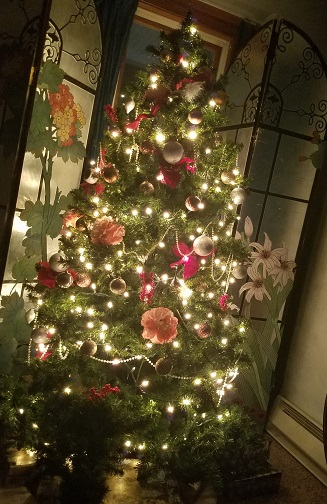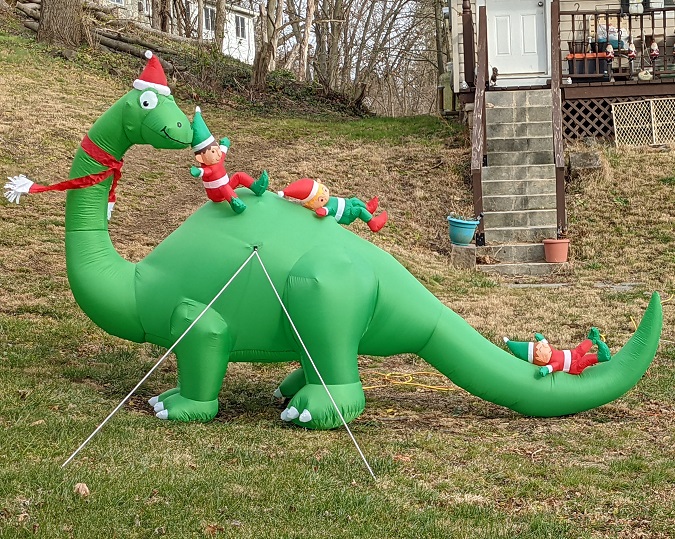I live in Pennsylvania’s 6th congressional district. It’s a safely blue zone district, but I don’t really live in the blue zone. It definitely feels like MAGA-land here. How can this be?
The answer can be found by taking a look at the map of my district. It consists of one blue zone county, Chester county, which is like a huge exurb of Philadelphia, and also the southern corner of Berks county, including the city of Reading.
Clubbing together urban Reading and the West Philly exurbs makes this a blue zone district, even though there are swaths of rural and semi-rural country throughout which are solidly red zone. It’s not even that it’s gerrymandered. This district used to be and was dependably Republican, but the Pennsylvania Supreme Court redrew the districts in 2018. If you look at the old map, you can see how bad the gerrymandering was.
Still, though this may be a sensibly drawn district, which will almost certainly have a Democratic representative in Congress, from where I sit, it feels like a Republican part of the country. I live about where the two highways meet, at the bottom of Berks county. It’s much closer to Reading than to Philadelphia, in an agricultural region known as Twin Valley. You just have to drive this way or that for a couple of minutes, and suddenly you are in beautiful rural country.
This is farm land (you can smell it periodically), and in fact is near Amish communities, and we see them driving by in their horse-drawn buggies all the time. So it’s kind of rural Pennsylvania, which accounts for the high preponderance of red zoners here. In 2020 there must have been four or five Trump signs to every Biden sign (mind you, there were a total of four houses in town, including ours, displaying Biden signs). Another sure sign that we’re red zone here is the very small percentage of people wearing face masks in public.
Nonetheless, to some degree this area is aligned with Philadelphia. There are people living here who work in the Philly area; if not in the city itself then in one of the nearby towns. It’s kind of a bedroom community for commuters to Philly. Possibly this commuter demographic is a little more blue zone.
In addition, where we live is right off of the Pennsylvania turnpike, and also on a state route that is a major travel artery, so we get a lot of through traffic. There’s even a place that truckers use as a depot to keep their trucks stored temporarily, sometimes camping out in them. So this place kind of has a trucker/biker Motorway City vibe. I’m sure those folks are all red zoners.
On top of all this, a casino just opened here a few days before Christmas, so who knows what will happen to the vibe here because of that. We’ve buzzed by the casino recently and its parking lot tends to be full, and I think the clientele is mostly older folks from the surrounding area.
The house we live in was built in the nineteenth century, no later than 1876. Meaning that we know it existed then, but aren’t sure of exactly what year it was built – probably just a few years before that. It’s been modified since then but still has an “old bones” feel to it. There are places where it leans a bit, and the doors don’t all fit snugly in the frames. It doesn’t have a central air system, so we put air conditioners in the window in the summer and rely on baseboard heating in the winter. At least it’s got insulation in the walls.
All around, there’s a fair amount of old construction here, but also new development, meaning people are looking to this place for opportunity and growth. The infrastructure is old compared to what I got used to when I lived in North Carolina, where the oldest development was from the 1970s. Here there are still telephone poles carrying power lines! There are a lot of old churches and graveyards, as well as this interesting kind of historic site – iron furnaces from the heyday of Pennsylvania’s regional iron-smelting industry. There are at least three such sites a short drive from our house.
In summary, life here in the purple zone is like being in a strange borderland, where the old and new coexist on the same roads, and almost everyone is travelling through, though many come back time and again. There aren’t quite enough likeminded people around to feel like I fit in, but not so very few that I feel completely isolated. Maybe that makes this place a perfect microcosm of the United States of America.
